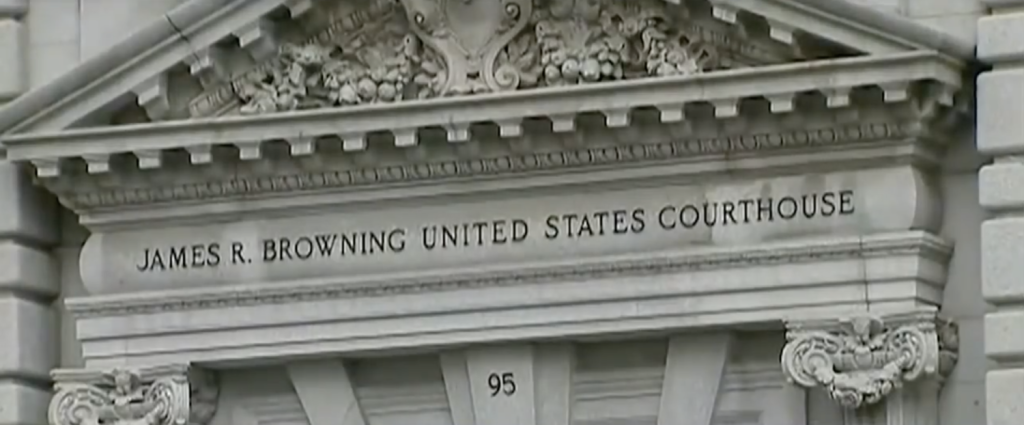The recent decision by the U.S. Court of Appeals for the District of Columbia Circuit has allowed President Donald Trump to remove two federal board members, enhancing his control over the executive branch.
The court’s ruling overturned previous orders that blocked Trump from firing Cathy Harris of the Merit Systems Protection Board and Gwynne Wilcox of the National Labor Relations Board. Led by Judge Justin Walker, the court concluded that Trump’s actions were in line with constitutional powers.
Judge Walker emphasized the constitutional framework that empowers the President, highlighting the independence crafted by the framers. He noted, “Article II of the Constitution vests the ‘executive Power’ in ‘a President of the United States’ and requires him to ‘take Care that the Laws be faithfully executed.’”
Joining Walker in the decision was Judge Karen LeCraft Henderson, appointed by President George H.W. Bush, who supported overturning the lower court’s restrictions.
This pivotal decision came after the Justice Department’s appeal against rulings by District Judges Rudolph Contreras and Beryl Howell. Both judges initially found that Trump’s attempts to remove Harris and Wilcox exceeded his authority. Contreras had ruled that Trump’s move to fire Harris violated the law, while Howell deemed the effort to dismiss Wilcox as overreach.
President Joe Biden initially appointed Cathy Harris to the MSPB in 2022 and Gwynne Wilcox to the NLRB in 2021, later renominating Wilcox for a second term. Wilcox’s attorneys argued against the appellate court’s decision, suggesting that the Trump administration should seek Supreme Court intervention for a broader interpretation of presidential power. However, Trump’s legal team successfully argued that blocking these firings undermined the separation of powers.
The context of this decision is reminiscent of Biden’s 2021 dismissal of NLRB General Counsel Peter Robb. Biden’s action, taken just hours after his inauguration, was described by Robb as “unprecedented.” Robb criticized the move, stating that such a dismissal before the term’s expiration was unheard of since the founding of the National Labor Relations Act.
In 2023, the 9th U.S. Circuit Court of Appeals confirmed Biden’s authority to fire Robb, citing his “at will” position as general counsel. This contrasted with the status of other NLRB board members, who can only be removed for specific reasons like neglect or misconduct. The court’s decision further emphasizes the nuanced differences in presidential authority over various federal positions.
Judge Patricia Millett, the lone dissenter in the Trump administration’s case, was an appointee of President Barack Obama. Millett accused her colleagues of attempting to “rewrite” established Supreme Court precedent with their ruling. Her dissent underscores the ideological divide that often colors judicial decisions.
This ruling is seen as a consolidation of power for Trump, allowing him to exert more influence over federal boards traditionally viewed as independent. Conservative news outlets have praised the decision as a necessary reinforcement of presidential authority. The decision has sparked discussions about the balance of power and the scope of executive influence.
Supporters of the ruling argue that it restores the intended balance between the executive and legislative branches. They believe that the President should have the authority to ensure that federal agencies align with his administration’s policies. Critics, however, worry about the implications for the independence of federal boards.
The appellate court’s decision marks a significant victory for the Trump administration in its ongoing legal battles. It also raises questions about the future of federal board appointments and the president’s role in shaping them. The outcome may influence how future presidents approach similar situations.
As the political landscape continues to evolve, the debate over executive power remains a central issue. The recent ruling will likely be a point of reference in future discussions on presidential authority. For now, it solidifies Trump’s ability to shape the executive branch according to his vision.
This development highlights the continuous tug-of-war between different branches of government. It also serves as a reminder of the ongoing ideological battles within the judiciary. The decision will undoubtedly have lasting implications for the interpretation of executive power in America.




2 Comments
What is this court approved crap? These low level corrupt district judges need their butts kicked. And if the SC does not know how to do it then Congress, who created them needs to.
Absolutely! GITMO would be the place to do it now! It’s outright sedition, Treachery and TREASON!